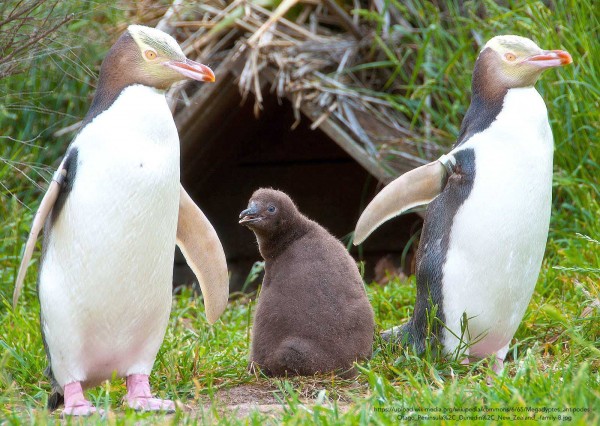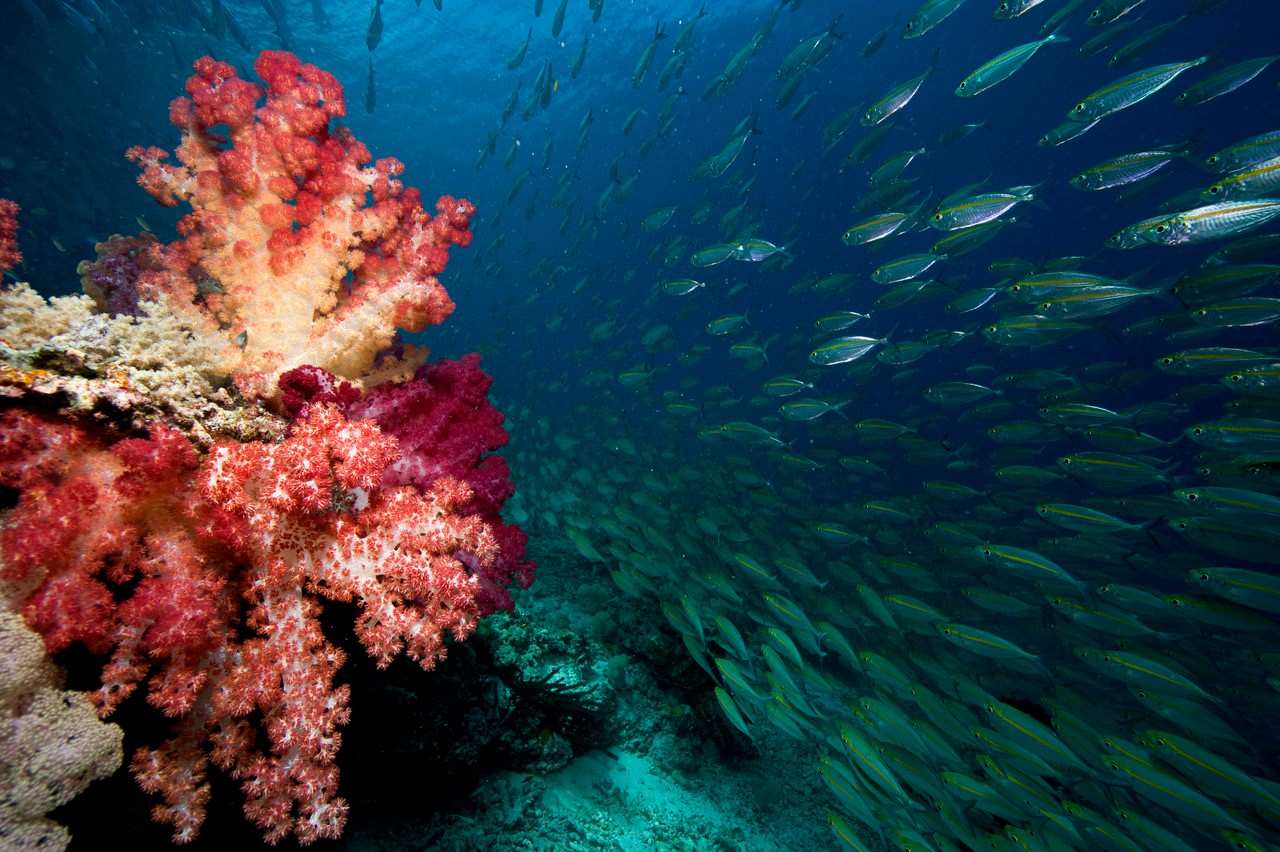

The Misool Private Marine Reserve protects a spectacular amount of biodiversity. Home to many endemic marine species like the charismatic bamboo shark, and colourful Nursalim Flasher Wrasse, the Misool Reserve supports the highest concentrations of reef fish biomass in the area. Located within the Indonesian archipelago of the Raja Ampat Islands, the reserve has an area of 1220 km2. Composed of two separate no-take zones which are connected by a gear-restricted corridor, the Misool Private Marine Reserve is committed to amalgamating tourism and marine conservation.
The Misool Reserve is jointly managed by the Misool Foundation and Misool Resort. In 2008 the Misool Resort opened to guests and began working with the Raja Ampat government to establish explicit regulations regarding ecotourism development, and operations in the region.
The Misool Resort provides financial contributions in tandem with industry partners and private donors to the Misool Private Marine Reserve. The Misool Private Marine Reserve has helped create over 200 local jobs in partnership with the Misool Resort and Misool Foundation. Tourism management is the main focus of Misool Private Marine Reserve, and the management team effectively enforces tourist based regulations as demand increases. In April 2017 the Misool Reserve won the Tourism for Tomorrow Award in the Environment category, in recognition of their successful practice of sustainable tourism. Due to its importance to biodiversity and strong effective regulations, the Misool Private Marine Reserve received a Platinum Blue Park Award in 2018.
Between 2007 and 2013 fish biomass increased on average of 250% within the reserve, and up to 600% at individual sites. These increases are due to the effective enforcement activities of park rangers. Enforcing the protective regulations of the reserve is crucially supported by the tourism based income acquired from Misool Resort. The budget of the Misool Private Marine Reserve is composed of grants, fundraising efforts, government stipends, corporate donations, and donations from Misool Resort. However, in 2018 the donations from Misool Resort comprised 25% of the total income for Misool Reserve. The significant financial resources received push Misool Reserve toward financial solvency, and fund their continued conservation success. The management teams from Misool Resort and Misool Reserve work together to effectively regulate tourism and produce real results for marine conservation.
The management plan of Misool Private Marine Reserve is reviewed every three years, and consistently updated. Management of this MPA is currently focused on regulation of tourism, as they continue to use tourism to drive their conservation efforts. Established in 2011, the Misool Manta Project collects population and behavioural data on manta populations. This project has produced a robust collection of data on the migratory and resident manta populations. Mantas can also be “adopted” by guests, further contributing to the funding of this Misool Reserve. In 2019 Misool Resort also doubled its contribution commitment from US $50 per guest to US $100 per guest.
A high importance is placed on educating local communities, especially promoting and fostering a culture of ocean stewardship in children from local villages. The Misool Foundation prioritizes the education of future generations as ocean guardians. They have further programs in place to create attractive alternative livelihoods for fishermen who are repeatedly caught fishing inside the reserve.
The Misool Foundation uses a conservation model that works with, employs, and supports the local communities. MPAs will not succeed without the help and guidance of local communities. The efforts of management to educate local fishermen is a key pillar of their success. The Misool Manta Project is another aspect that can be repeated in other areas linked by tourism and conservation. Using tourists to collect scientific data while also helping to fund MPAs is an incredibly successful model. Projects like this can provide a significant amount of data to the government, NGOs, and researchers to leverage further conservation efforts.
© Linking Tourism & Conservation (LT&C) 2019
We are grateful that you support the work and mission of LT&C! We accept donations through Credit Card, PayPal or international bank transfer:

Donate through Credit Card
Please click the Donate button and then choose your PayPal account
Bank details:
Cultura Sparebank
Pb. 6800, St. Olavs plass
N-0130 Oslo
Name: Linking Tourism & Conservation,
Account no.: 1254 05 95168
IBAN: NO8712540595168
BIC/SWIFT: CULTNOK1
Routing BIC: DNBANOKK
Please mark payments with your name and/or email address
Sign up for an LT&C membership by filling in the details below.
Would you like your LT&C-Example/Initiative to be listed on our website? Please fill in the form below.